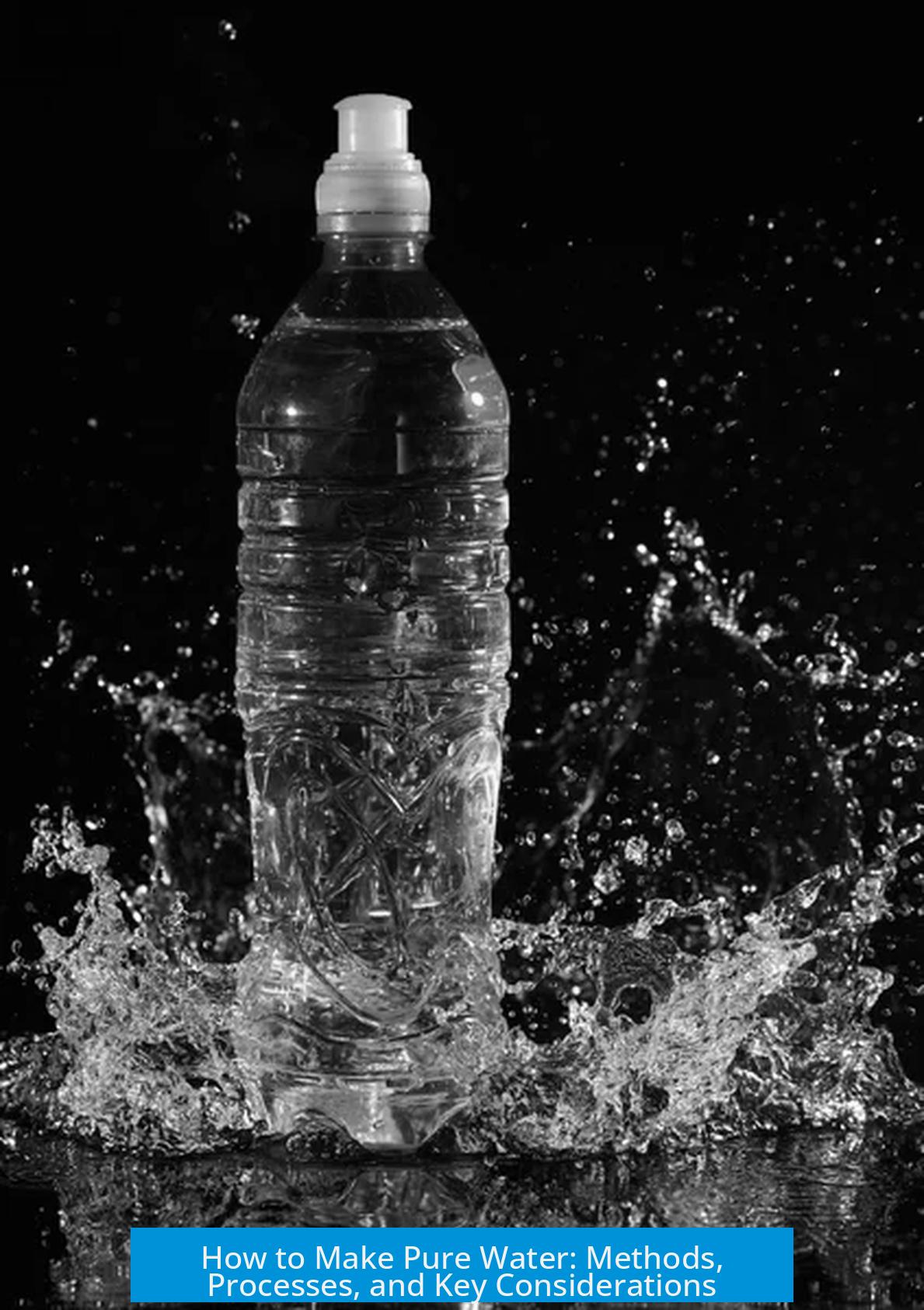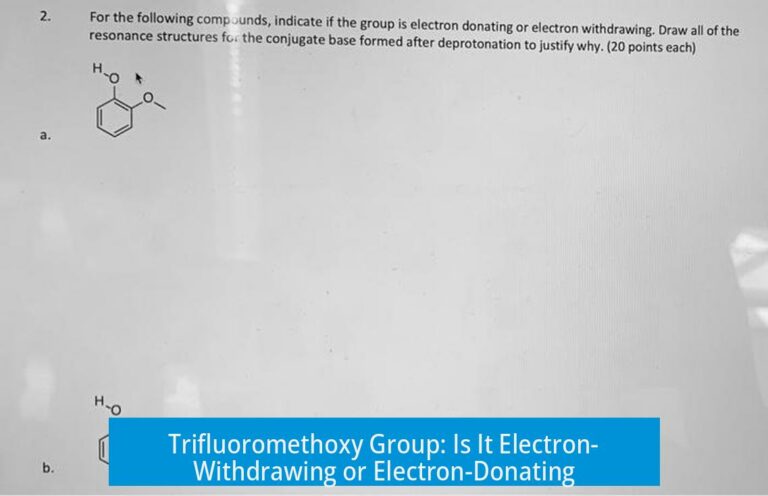How to Make Pure Water?
Pure water is produced through a series of advanced purification techniques that remove ions, minerals, microbes, and organic impurities, resulting in water with extremely low conductivity and high resistivity. The production depends on the level of purity required, ranging from types 1 to 3 purified water.
Types of Purified Water
- Type 1 Water: This is ultra-pure water with conductivity around 0.056 microsiemens or resistivity of 18.2 megaohms. It is made using membrane filtration, electrochemical-grade deionization resins, and ultraviolet (UV) treatment. Sometimes ultrafiltration removes RNase and DNase enzymes.
- Type 2 Water: Also known as de-ionized (DI) water. It is typically produced by water distillation and ion-exchange methods, though distillation is less common today.
- Type 3 Water: Produced by reverse osmosis (RO) and has conductivity less than 20 microsiemens, offering moderate purification.
Purification Process Example
Manufacturing ultra-pure water, such as Water for Injection (WFI) used in biologics, involves multiple purification steps:
- Source city water
- Water softening to remove hardness ions
- Reverse Osmosis to filter out most dissolved solids
- De-ionization to exchange remaining ions
- Multi-effect distillation which uses several distillation stages to remove residual minerals
These sequential steps ensure all contaminants are progressively removed. Distillation leaves visible mineral deposits on equipment surfaces, indicating the extent of impurities removed.
Additional Equipment and Techniques
- Membrane Filtration: Removes suspended particles and some microorganisms.
- Electrochemical Deionization: Uses ion-exchange resins to swap ions responsible for conductivity.
- Ultraviolet (UV) Treatment: Destroys DNA/RNA of microbes, enhancing biological safety.
- Ultrafilter: Specifically removes enzymes like RNase and DNase.
- Water Softening: Removes calcium and magnesium to prevent scale.
- Reverse Osmosis: Uses semi-permeable membranes to reject dissolved impurities.
- Multi-Effect Still: Employs multiple distillation cycles for very high purity.
Key Characteristics and Considerations
Ultra-pure water is chemically reactive, readily absorbing gases from its environment. It is unsuitable for drinking due to its extreme reactivity and lack of minerals. Producing such water requires controlled environments to avoid rapid contamination.
Summary of Key Points
- Purity levels are defined by conductivity/resistivity; Type 1 is the purest.
- Combining multiple methods—softening, RO, deionization, and distillation—achieves ultra-purity.
- Additives like UV and ultrafiltration remove biological contaminants.
- Ultra-pure water is highly reactive and must be handled carefully to avoid contamination.
- Distillation stages reveal how minerals and impurities are effectively removed.
What are the main steps to produce ultra-pure water?
Start with city water. Then use a water softener. Follow with reverse osmosis to remove dissolved solids. Next, apply de-ionization for ion removal. Finally, use multi-effect distillation to eliminate remaining minerals.
Why is multi-effect distillation used in water purification?
It involves several distillation stages to ensure deep purification. This process removes minerals at very low concentrations. Distillation alone often reveals how much residue was left by previous steps.
What methods remove biological contaminants like RNase and DNase?
Use ultrafiltration. It effectively removes enzymes such as RNase and DNase. UV treatment may also be applied to inactivate microbial contaminants.
Can ultra-pure water be safely consumed?
No, ultra-pure water is highly reactive and absorbs gases easily. It lacks minerals and can be harmful if drunk. It is mainly used for scientific or industrial purposes, not drinking.
How is the purity of Type 1 water measured?
By its conductivity or resistivity. Type 1 water has a conductivity of about 0.056 microSiemens or a resistivity of 18.2 megaOhms. These values indicate very low ion presence.





Leave a Comment